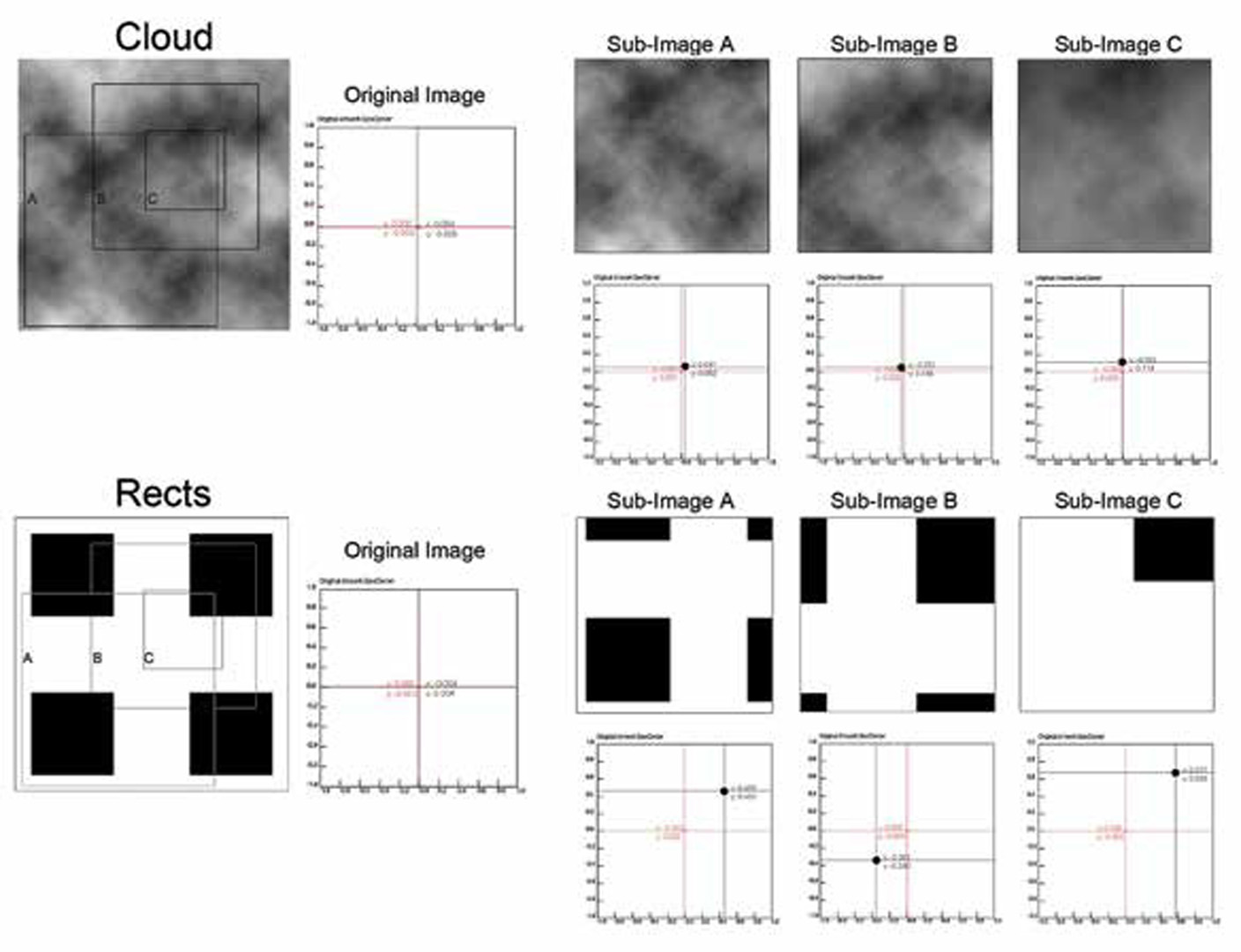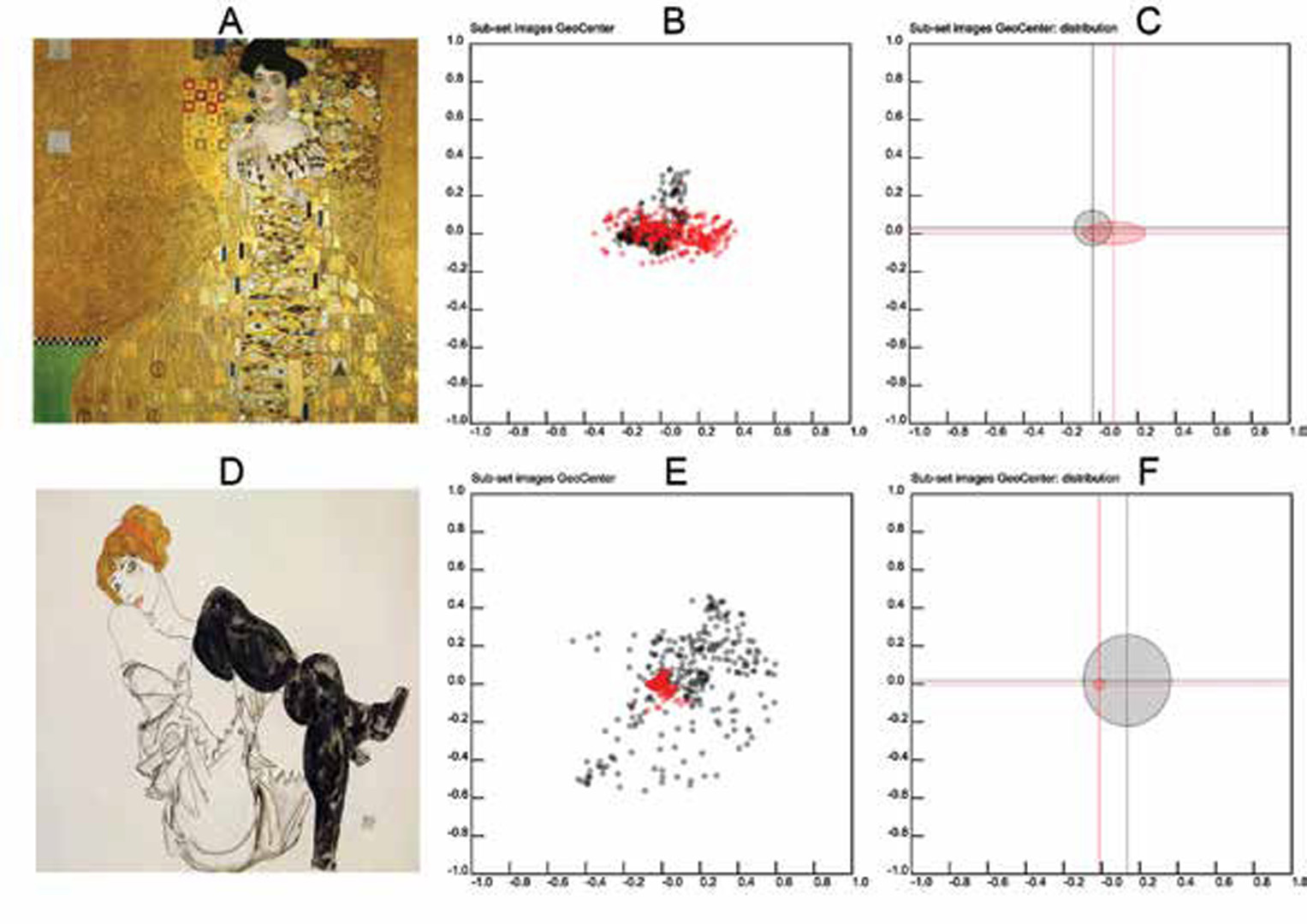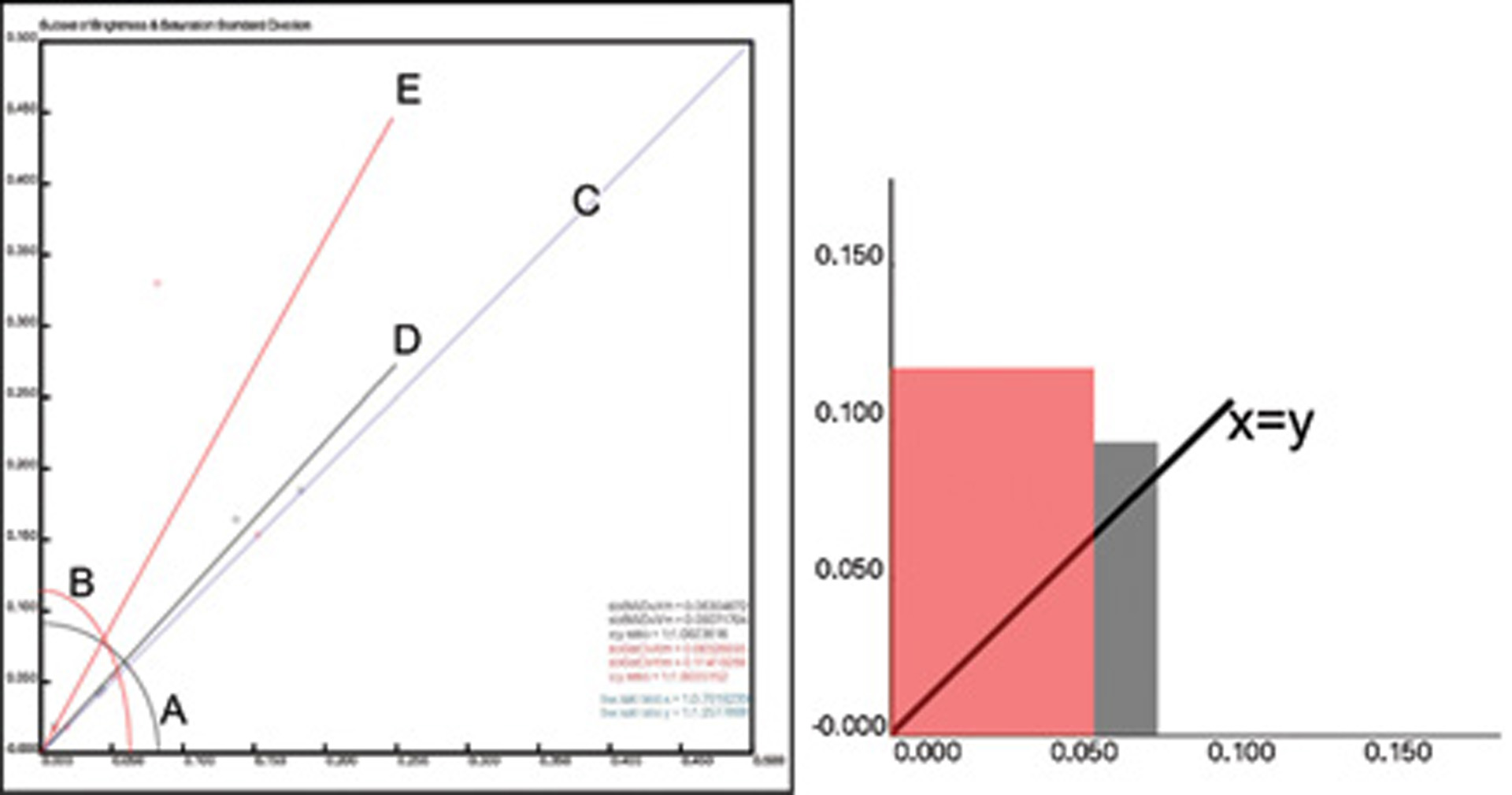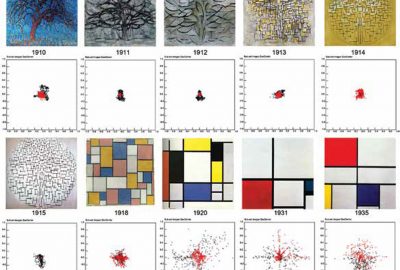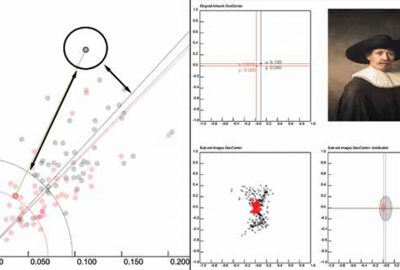“Secrets of Balanced Composition as Seen Through a Painter’s Window: Visual Analyses of Paintings Based on Subset Barycenter Patterns” by Park
Conference:
Type(s):
Title:
- Secrets of Balanced Composition as Seen Through a Painter’s Window: Visual Analyses of Paintings Based on Subset Barycenter Patterns
Presenter(s)/Author(s):
Abstract:
In this paper, the author implements and uses a subset barycenter pattern to analyze various paintings. The suggested visualization and analysis tool is inspired by Gombrich’s theory of a painter’s window and Locher’s psychological research on computational balance. An image’s or an image group’s subset (set of cropped images) may reveal genre and artist characteristics. Moreover, it may also reveal forensic information about each artist’s individual style and its changes over time with barycenter dispersion patterns. The suggested barycenter pattern analysis can enrich the methods of art history and criticism.
References:
1. R. Arnheim, Art and Visual Perception: A Psychology of the Creative Eye (Berkeley, CA: Univ. of California Press, 1954).
2. R. Arnheim, The Power of the Center: A Study of Composition in the Visual Arts (Berkeley, CA: Univ. of California Press, 1982).
3. R. Bearden and C. Holty, The Painter’s Mind: A Study of the Relations of Structure and Space in Painting (New York: Crown Publishers, 1969).
4. C. Bouleau, The Painter’s Secret Geometry: A Study of Composition in Art (New York: Hacker Art Books, 1980).
5. E.H. Gombrich, Art History and the Social Sciences (Oxford: Oxford Univ. Press, 1975).
6. E.H. Gombrich, The Sense of Order: A Study in the Psychology of Decorative Art (London: Phaidon Press, 1979).
7. W. Kandinsky, Point and Line to Plane, H. Dearstyne and H. Rebay, transl. (New York: Dover Publications, 1979).
8. P.J. Locher, P.J. Stuppers and K. Overbeeke, “The Role of Balance as an Organizing Design Principle Underlying Adults’ Compositional Strategies for Creating Visual Displays,” Acta Psychologica 99, No. 2, 141–161 (1998).
9. V. Firstov et al., “The Colorimetric Barycenter of Paintings,” Empirical Studies of the Arts25, No. 2, 209–217 (2007).
10. I.C. McManus, K. Stöver and D. Kim, “Arnheim’s Gestalt Theory of Visual Balance: Examining the Compositional Structure of Art Photographs and Abstract Images,” i-Perception 2, No. 6, 615–647 (2011).
11. J. Zujovic et al., “Classifying Paintings by Artistic Genre: An Analysis of Features & Classifiers,” 2009 IEEE International Workshop on Multimedia Signal Processing, Rio De Janeiro (2009) pp. 1–5.
12. V. Yanulevskaya et al., “In the Eye of the Beholder: Employing Statistical Analysis and Eye Tracking for Analyzing Abstract Paintings,” ACM Multimedia (2012).
13. E. H. Gombrich, Art and Illusion: A Study in the Psychology of Pictorial Representation, (Princeton, NJ: Princeton Univ. Press, 2000).
14. As Gombrich notes, a painting can be interpreted in the form of frames viewed through windows.
15. Locher, Stuppers and Overbeeke {8}.
16. Locher, Stuppers and Overbeeke {8}.
17. Firstov et al. {9}.
18. McManus, Stöver and Kim {10}.
19. J.W. Park, “Information Aesthetics with Visual Genealogy Project,” Leonardo 44, No. 5, 464–465 (2011).
20. S.K. Park, E.J. Lee and J.W. Park, “Visual History with Choson Dynasty Annals,” Leonardo49, No. 4, 334–341 (2016).
21. For this study, I used 300 random subset images at 25%–50% of their original frame size, which provides a converging, stable result.
22. In fact, in 1919, Mondrian returned to Paris after World War I. It was also when he pursued his own neoplasticism in Paris (1919–1938), independent from De Stijl.
23. Turner absorbed Goethe’s theory of light, darkness and color.
24. This is described at www.nextrembrandt.com, accessed 8 January 2019.
25. C. Ginzburg, “Morelli, Freud and Sherlock Holmes: Clues and Scientific Method,” History Workshop, No. 9, 5–36 (1980).
26. Data and source codes used in this research are available at github.com/fmalab/VisualAnalysisForPainting, accessed 8 January 2019.
Additional Images:
- 2019 Art Papers: Park_Secrets of Balanced Composition as Seen through a Painter?s Window: Visual Analyses of Paintings Based on Subset Barycenter Patterns
- 2019 Art Papers: Park_Secrets of Balanced Composition as Seen through a Painter?s Window: Visual Analyses of Paintings Based on Subset Barycenter Patterns
- 2019 Art Papers: Park_Secrets of Balanced Composition as Seen through a Painter?s Window: Visual Analyses of Paintings Based on Subset Barycenter Patterns

